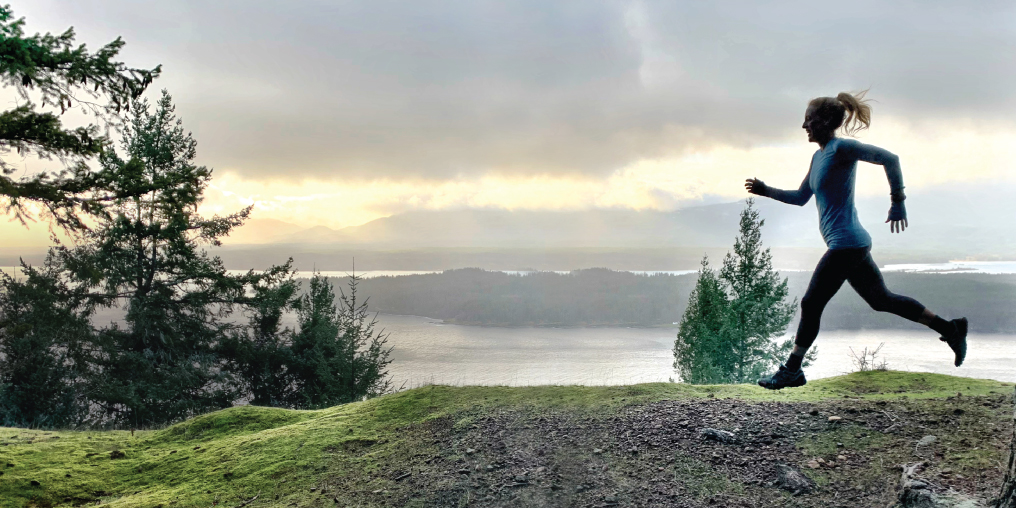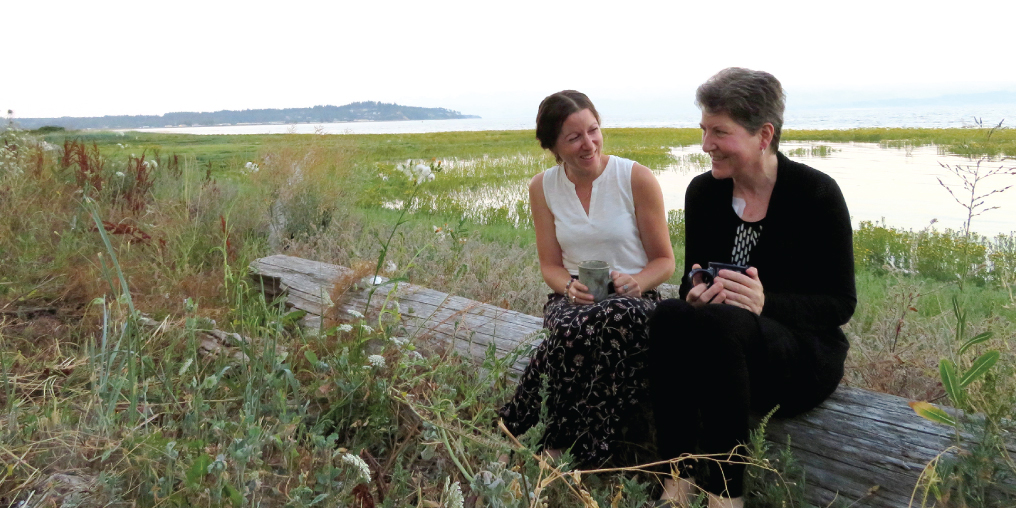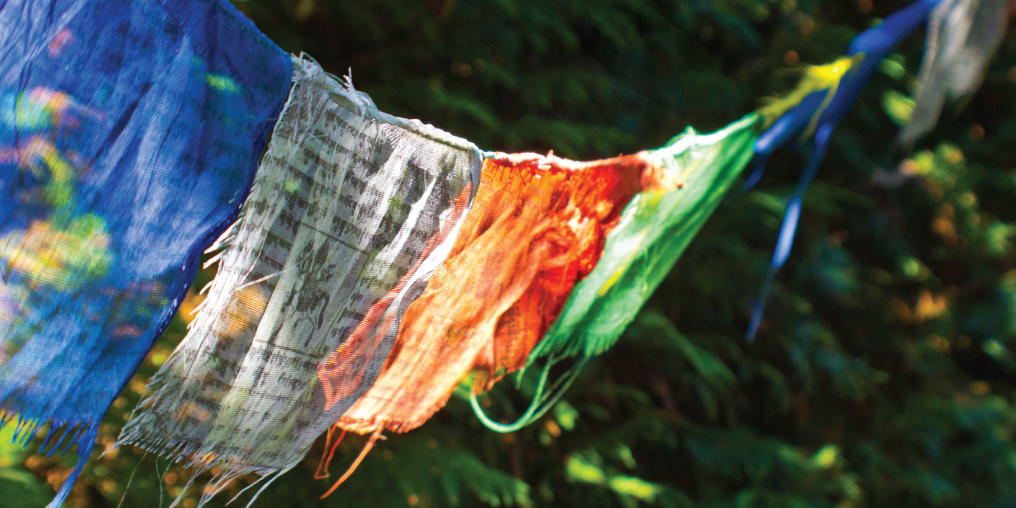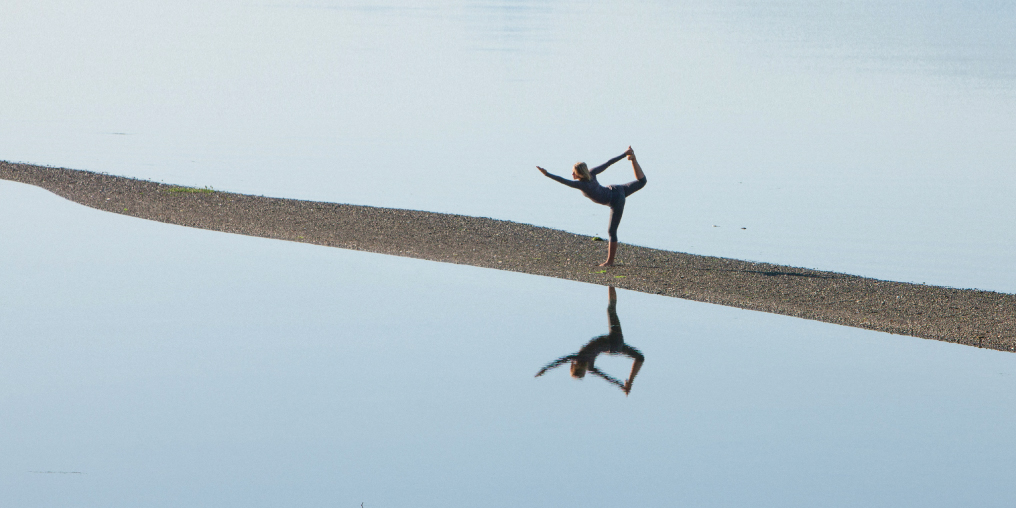In 1874 in Kirksville, Missouri, Dr. Andrew Taylor Still pioneered a form of manual therapy that emphasized the importance of health and wellbeing in its broadest sense. Combining anatomical and physiological understanding with mental, emotional, and spiritual health, his system strove for and celebrated optimal, holistic health. Its name was Osteopathy.
This hands-on therapy aims to find the root cause of pain and symptoms, addressing them using four principles:
1. The body is a unit.
2. Structure and function are reciprocally related.
3. The body has an inherent healing capacity.
4. Treatment is based on the previous three principles.
Simply interpreted, these principles imply that the whole body is connected and that influencing one area of the body will influence another; that if our structure/anatomy is affected, the function of the body will also be affected (and vice versa) and that the body is hardwired to heal. Therefore, Osteopathic Practitioner (OP) application of the fourth principle ensures that treatment is holistic and facilitative; OPs do not try to “fix” the body but rather encourage and support the body to heal.
OPs undertake extensive training in anatomy (structure), physiology (function), pathophysiology (disease) and biomechanics (movement). Additionally, many manual treatment modalities are taught and explored, ranging from very gentle (e.g. cranio-sacral and biodynamic osteopathy) to gross movements, and carefully directed force (e.g. muscle energy technique [MET] and low velocity joint manipulation). This bag of tricks can be used for all systems of the body including, but not limited to, musculoskeletal, digestive, and nervous systems. OPs rely heavily on a finely tuned sense of palpation/feel to both assess and treat the body with accuracy and respect.
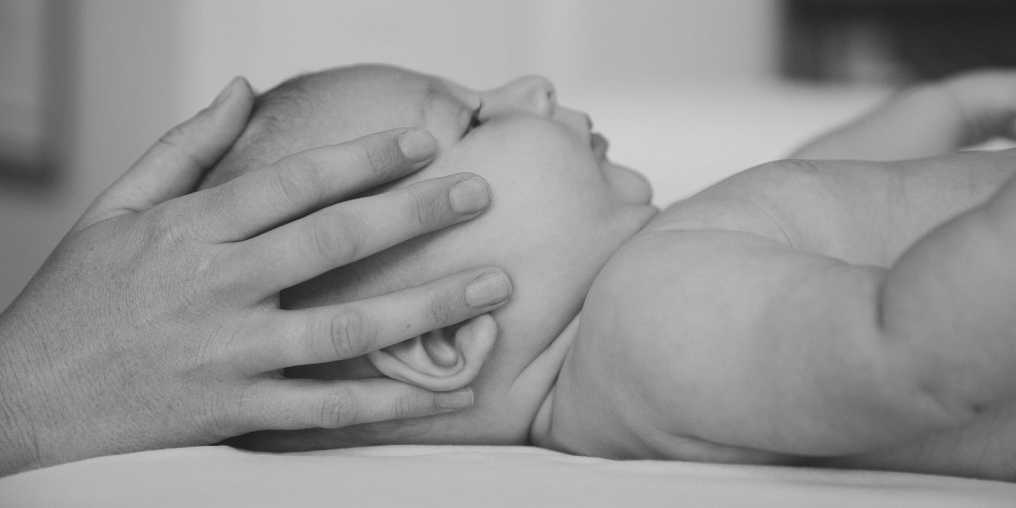
Understanding and educating oneself about a patient’s history helps to gain a detailed understanding of their pain, discomfort, or symptom experience. Collecting a full and holistic history, accompanied by a thorough assessment, allows an OP to explore the root cause of symptoms. Hands-on treatment is always within the physiological threshold of the body, never forcing it to do anything, but rather, encouraging the body to do what it needs to. Osteopathy is safely practiced on all ages, from babies to older adults, and for women during pregnancy. For babies, Osteopathic treatment may be effective for sleep, nursing or digestive (including colic) challenges, and can be effective for osteoathritis management in older adults. OPs are trained to treat acute injuries as well as chronic pain and symptoms.
OPs believe in and encourage collaborative care and in doing so commonly liaise with other health professionals including: GPs, NDs, midwives, TCMs, acupuncturists, RMTs, exercise physiologists, physiotherapists, chiropractors, dentists, and orthodontists.
The nature of treatment, as well as the education and management tools imparted, depend on: what is being treated, who is being treated, the Osteopathic Practitioner, and the unique individualization of every body. Every body is considered and celebrated.


